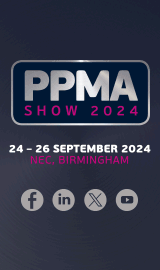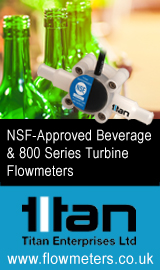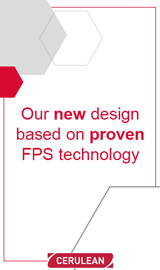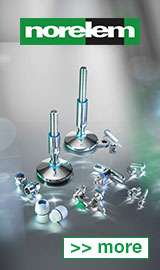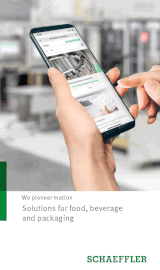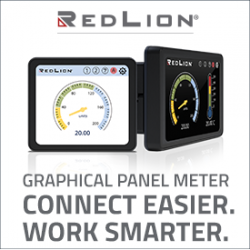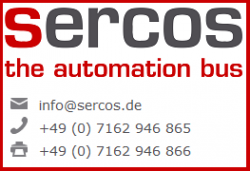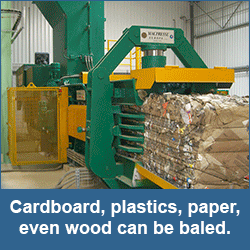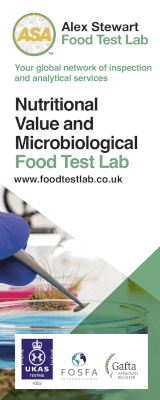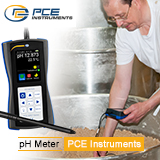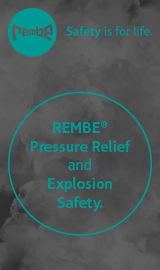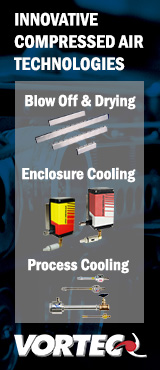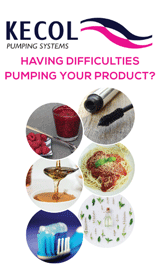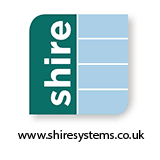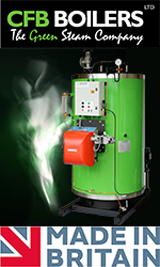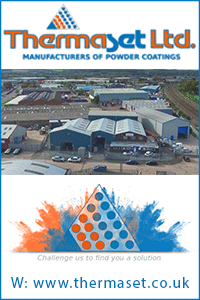Starting with a clean slate
How lab managers can truly ensure the sterility of items in the autoclave.
The importance of microbiological testing in the food and beverage industries is in the public eye now more than ever. While current advice from the UK government suggests the transmission of COVID-19 via food is very unlikely, the heightened public awareness of microbiological safety gives organisations in this sector an extra reason to be vigilant in quality control and testing procedures.
The food and drinks sector has long been aware of the importance of ensuring its products reach the highest standards of microbiological quality. Critical control studies and hazard analysis consistently identify the autoclave – for quality control lab testing – as a potential source of risk. Defective laboratory sterilisation can have wide-reaching effects, and autoclave failure can lead to inaccurate test results leading to avoidable batch wastage.
Calibration – The routine autoclave check-up
To mitigate inaccurate laboratory testing, the lab manager must have certainty that the autoclave is functioning correctly. Autoclaves sterilise via heat ( in the form of dry saturated steam ) and pressure, so it is essential that the machine registers and displays these variables accurately. Calibration involves comparing the readings displayed by the autoclave’s instrumentation to a known, validated source. This frequently involves running the autoclave through a number of sterilisation cycles and measuring its output using digital tools, themselves calibrated against a known standard.
When performed by an autoclave testing laboratory, with UKAS (ISO 17025) or equivalent accreditation, calibration provides food and beverage laboratory managers with certified assurance that their steriliser’s instrumentation is effective.
However, the high temperatures and pressures within an autoclave can prove an exacting environment, and calibration needs to be performed regularly to maintain autoclave efficacy. For highly used autoclaves, calibration may be a semi-annual event.
Calibration confirms an autoclave’s instrumentation functionality, but is only part of the story of effective sterilisation; the load placed into the autoclave must also be accounted for. Different materials will require different procedures to ensure sterilisation – fluid in a beaker has different thermal properties to empty glassware. What is more, the spacing and location of objects within an autoclave chamber can change the effectiveness of the sterilisation process. To account for these factors and ensure sterilisation, an autoclave should be validated.
Validation – Testing the load
To make sure the autoclave loads are sterilising correctly, a multipoint validation should be performed by a UKAS or similar accredited testing laboratory. The validation process is specific to what a user loads into the autoclave; it is both the load and the autoclave that are tested simultaneously during validation. As such, validation test loads should be matched carefully to represent daily autoclave use.
Once typical loads have been determined, they can be tested in the autoclave. Multiple (up to 12) calibrated, independent temperature probes are installed in positions throughout the load, and placed inside-and-out of the substances that are to be sterilised. If a probe cannot be located within the substance, an established thermally identical surrogate should be used. A sterilisation cycle is then programmed into the autoclave, run, and if necessary reprogrammed and rerun to ensure all parts of the load are reaching the correct temperature (and if recorded, pressure) for the specified time.
The final step of the validation is to document all the details of the process. The load is photographed in the autoclave chamber, and the details of the autoclave sterilisation cycle are recorded. This record allows the tested and validated sterilisation procedure to be replicated with all future autoclave loads, and for the user to be assured that materials leaving the autoclave are sterile.
Reliance on Compliance
The food and beverage industries are heavily regulated, and in the current climate under great scrutiny. Failure to meet sterility requirements can have serious repercussions, both in public perception and more tangible product wastage terms.
Regular calibration is a clear routine necessity, but validation ensures compliance against a known standard. It establishes documented evidence, providing a high degree of confidence that the sterilisation process will be performed consistently and effectively. Even if your autoclave is brand new it is your responsibility to ensure that it operates as intended; Validation is the key to meeting this responsibility and regular testing by an accredited company is recommended as good practice.
Astell Scientific Ltd, Powerscroft Road Sidcup Kent UK DA14 5DT
Tel +44 (0)20 8309 2031 e-mail: info@astell.com www.astell.com
Established in 1884, Astell Scientific is a leading manufacturer and supplier of laboratory, pharmaceutical and hospital Autoclaves/Sterilizers, Steam Generators and Effluent Decontamination systems (EDS), with UK-wide Calibration and Validation Services. Astell products can be found in use in over 100 countries around the world. For more information visit www.astell.com.
- Validation hardware setup for a liquid autoclave load
- Excerpts from a validation report




